“When you pamper and care for your skin, you nourish your soul.”
We’ve come a long from Zic-Oxcide. The whole idea about tanning in the 1960s (and onward) was to reach that perfect shade of “Golden Perfection.” The pinnacle of which translated to youth and energy. Look no further than the advertising of the time to find the perfect, sun-kissed California Golden Girl. Hawaiian Tropic led the way in 1969, becoming the most significant private brand of Sun Care products in the United States. They even had a Queen! Miss Hawaiian Tropic International.
The Egyptians
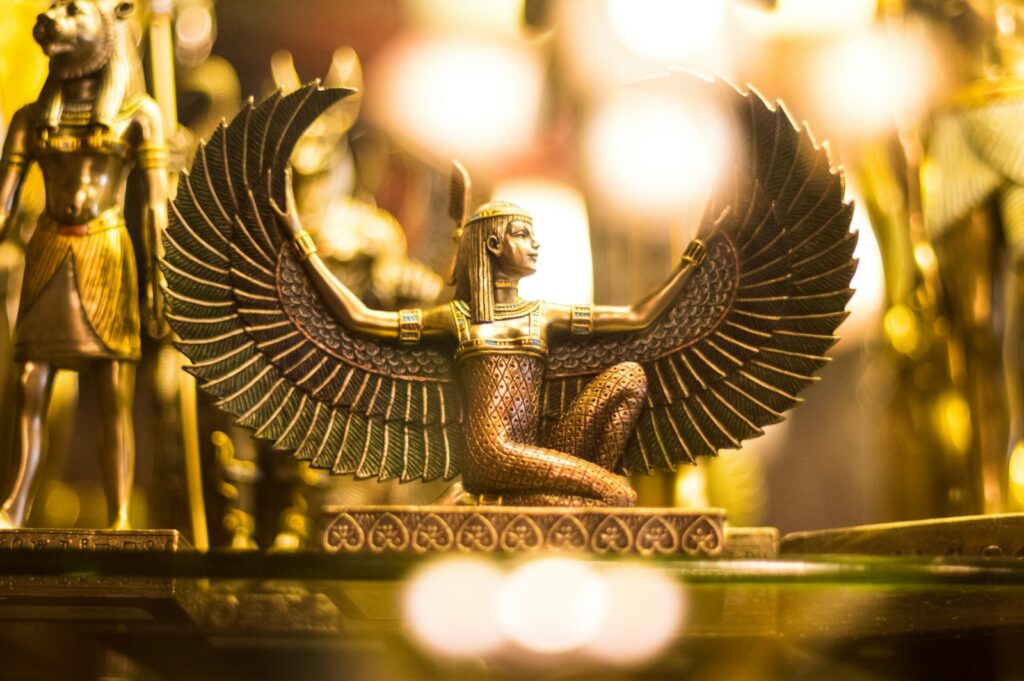
Sunscreen lagged behind in the twentieth century. Coppertone introduced a sun care product in the 1960s with a 2-4 SPF. Well, at least it was a beginning. However, the actual beginning of SPF started a few thousand years earlier. The story of sunscreen begins with the Ancient Egyptians. The Egyptians admired lighter skin and developed a formula to preserve and protect their various skin tones. They utilized rice bran extract, jasmine, and lupine extract in formulas to protect their skin from the sun’s intense rays, repair skin damage, and lighten their skin. It seems that the Ancient Egyptians started a trend. Shortly after the Egyptians started protecting themselves from the sun, other civilizations caught on. Between 800 and 500 BC, the Greeks started using a mixture of olive oil and sand to protect themselves under the harsh sun, especially during the Olympic games. Additionally, an ancient Indian medical practice, ‘Chakara Samhita,’ discovered and used pushpanjan (zinc oxide.) That is an active ingredient in mineral sunscreens today.
The Ancient Americas and Beyond
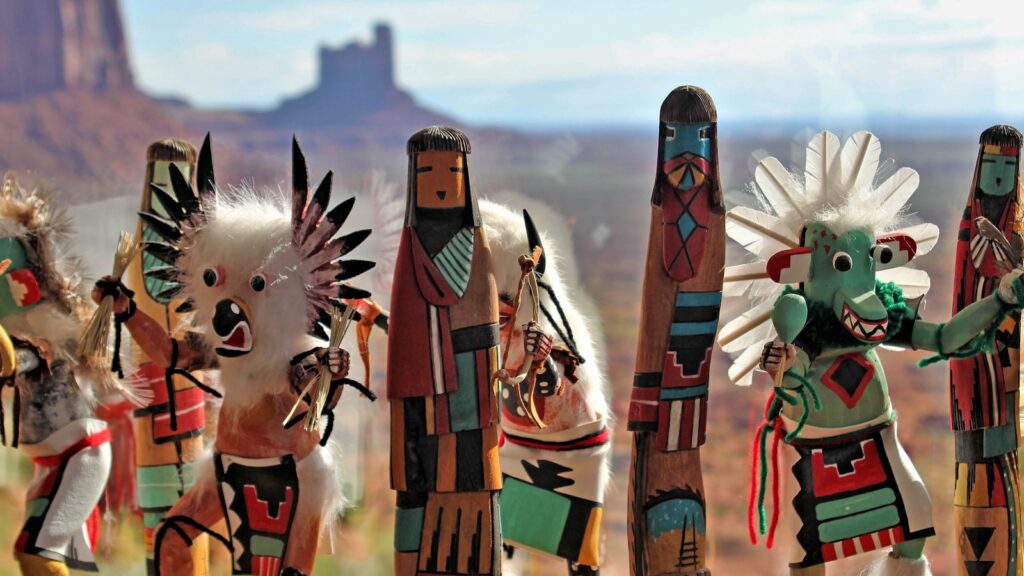
A little closer to home, the Native Americans in what is known as Wyoming found the medicinal qualities of the Aspen tree. The bark of the Aspen has a chalky coating that can act as an SPF. This chalk substance is relatively low in SPF (SPF 5) but can be collected for later use and continuously reapplied. Indigenous people in other areas of the Americas also used sunflower oil and Tsuga Canadensis, commonly known as pine needles.
Interestingly enough, the polar communities also needed protection from the intense sun reflecting off glaciers. Indigenous peoples in Canada, Alaska, Siberia, and Greenland made goggles from leather, bone, ivory, and wood to block the damaging UV rays from their eyes. Perhaps the original sunglasses? Civilizations around the world slowly became aware of the benefits of protecting their skin and eyes from the sun. It’s curious to see how they also found other ways to use these newly developed protections for other medicinal uses.
The Nomads
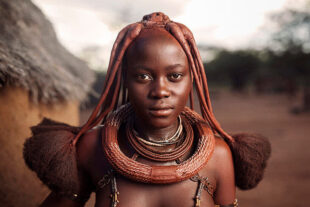
Throughout history, the pursuit of sun protection has actually given way to the development of civilizations. One substance in particular, Ochre, a pigment from rocks, is a primary example of the evolution of Sunscreen and its contribution to civilization. The first uses of Ochre have been shown by archaeologists to have been some of the earliest nomatic tribes in Africa. Used as sunscreen, ochre allowed for early humans to travel farther distances, forage, and hunt for longer periods of time. As the use of ochre became more widespread, the very first human civilizations were able to migrate past Africa. These early civilizations used ochre as sunscreen, adhesive, insect repellent, and leather preservative. In many parts of Africa Ochre is still used to day as sun repellent.
The Twenty-First Century
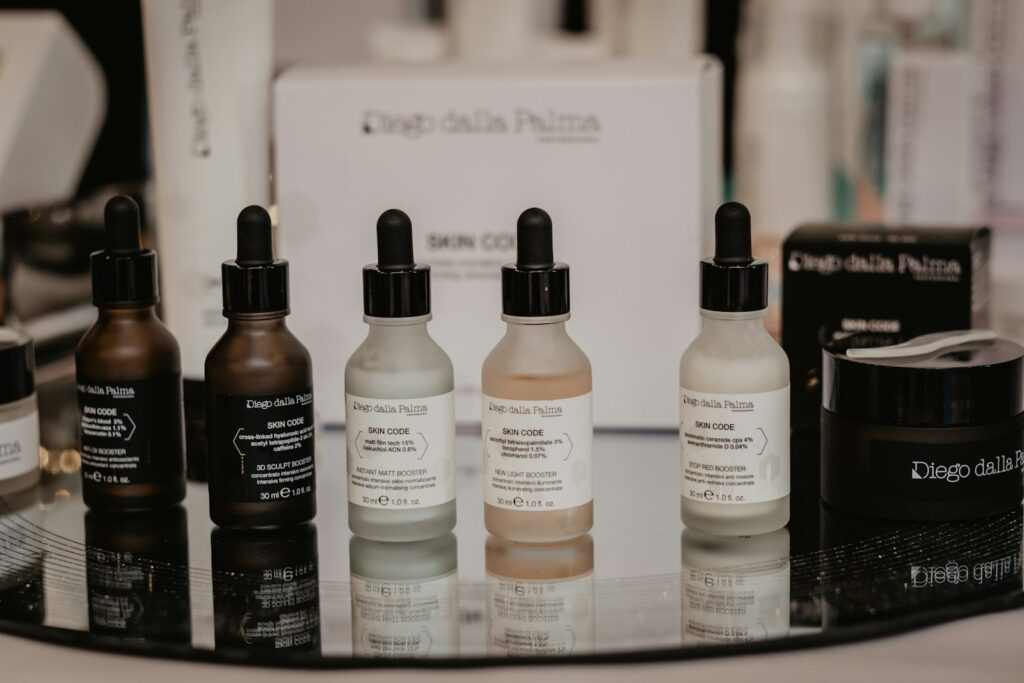
Who knew that sunscreen would be one the first to enter the “Skin Care” business! And the business today is huge and very successful. There is a wide assortment of product available, it might take a bit of trial and error to find which works best for you. If you’re skin smart you know to apply your sunscreen every day. If you live in a warm sunny environment, wearing sleeveless tops and shorts you’ll want to protect more than just your face. Using the same sunscreen on your face as you use on your body is perfectly fine and up to you and the product you select. A facial sunscreen is generally less greasy and formulated to be less likely to irritate your eyes, and to disappear as it is absorbed into your skin. There are also many sunscreens with a tinted formula, that work equally as well as non-tinted. It might take a few try’s before finding the perfect tint for your skin tone.
Which one is right for you
The three main sunscreen types are classified by their active ingredient (UV filters.) The types of sunscreens are Chemical, Physical/Mineral, and Combination. The FDA regulates sunscreens and has approved seventeen active chemical ingredients and two physical/mineral sunscreens.
Physical/Mineral Sunscreens
So what’s the difference…Physical/Mineral sunscreens, are designed to scatter UV light that reaches the skin’s surface. Titanium dioxide and zinc oxide are the active ingredients that can be found in physical/mineral sunscreens that are FDA-approved for sale in the US. Compared with chemical and combination sunscreens, physical/mineral formulas tend to have a thicker texture and take more time to absorb. They’re also more likely to leave a white cast, particularly on the darkest and fairest skin tones. In place of—or in addition to—creating a chalky appearance, some physical sunscreens can look overly greasy, even when fully rubbed in.
Chemical and Combination Sunscreens
Chemical and combination sunscreens, especially those formulated for the face, tend to have a smoother texture for application and are absorbed into the skin faster. Combination sunscreens, which contain a mixture of chemical and physical active ingredients, try (and often fail) to be the best of both worlds. Generally, they still have the same drawbacks as both types of sunscreens, most notably leaving a whitish appearance (mineral sunscreens) or being too oily or greasy (chemical sunscreens).
What’s your type
The best sunscreen for your face is the one you’ll actually use every day. Make it a habit all year long. I know many of us already have multiple steps in our morning routine, but making the time now will benefit you as the birthdays multiply! It’s perfectly fine to apply the sunscreen you put on your body on your face, though face-specific formulas can be more comfortable to wear.
Here are a few suggestions for you. Most are from a combination of Beauty Editors, Dermatologists, and “The best of” reviews from a number of varying articles on blind brand comparisons. Listed below is a sampling ranging from Chemical to Mineral options. Plus, I put out the word to the Girl Panel for their favorites and added a couple of my favorites.
Top Five Suggestions
Trader Joe’s Daily Facial Sunscreen SPF 40

A less expensive clear option, only in stores
Another clear chemical sunscreen, this formula looks and feels a lot like Supergoop Unseen Sunscreen SPF 40 but costs a lot less. It’s harder to find, however. $9.00 Trader Joes 1.7oz.
Supergroup Play Everyday Lotion SPF 50
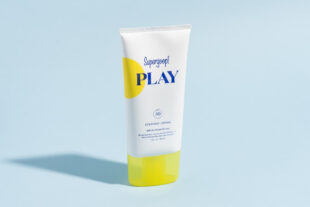
Nicely scented
This formula is designed for the face and body. It rubs in easily and appears nearly transparent once applied. It has a light, pleasant scent and also comes in a large jug that’s relatively affordable on a per-ounce basis. $24.00 Amazon 2.4oz $22.00 from Supergoop 2.4oz
Black Girl Sunscreen SPF 30
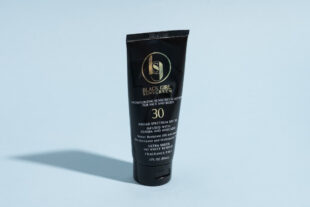
More moisturizing, but stickier
This moisturizing sunscreen is lightly scented and leaves a nice, dewy finish. It’s thick, though, and some testers had difficulty rubbing it in. $16.00 Target 3oz. $16.00 Ulta 30z. $20.00 Amazon 3oz
Dr. Jart+ Everyday Sun Day SPF50+
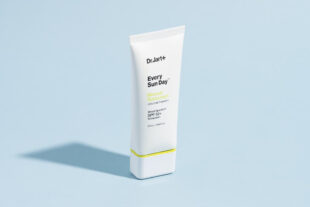
A splurgy mineral option
This citrus-scented mineral sunscreen comes out of the bottle with a thick, white consistency, but it feels silky going on the skin without being sticky, oily, or dry. $40.00 Dr. Jart 1.7oz
Biore UV Aqua Rich Watery Essence SPF 50
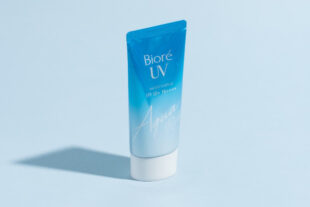
A lightweight gel/cream hybrid
This unique formula has a thin, feathery consistency that’s a step between gel and cream. It rubs in immediately and leaves no trace save for a faint scent and a fresh feel on the skin. $9.00 from Stylevan
Girl Panel Favorites
If you’re active, play a sport, ride a bicycle, and are generally out under the sun most days…It is mandatory that you protect your skin from the sun with sunscreen. Most of the Girl Panel live at a high altitude – 8000+ feet in the Andes Mountains. Even though the average temperature is around 72 degrees F. We’re closer than most to the sun…And it’s intense. The Girl Panel consists of mature, active women who all take excellent care of their bodies inside and out. And these are their favorite sunscreens that they use every day.
Lin… Umbrella Sunscreen: SPF 50, UVA PA+++. A combo sunscreen of chemical and natural products. Highly recommended for outdoor activities and for those living in high altitudes and closer to the sun. It is a smooth lotion with a soft herbal scent. $33.00 2.02oz Amazon
Sandra… ELTA MD Sunscreen: SPF 46. Transparent Zinc Oxide with a soft, smooth, creamy touch. Non oily. Extremely lightweight. $43.00 1.7oz DermaStore
GiGi… Isdain Sunscreen: SPF 50 This mineral-based fusion water sunscreen is highly recommended. It is a fast-absorbing, ultra-lite emulsion. Excellent website. $70.00 3.4oz Isdain.
Elaine… Cera Lotion. Sunscreen SPF 50. 100% mineral formula of Zinc Oxide and Titandoxide for sensitive skin. It’s fast absorbing and has a smooth moisture based finish. $14.00 2.5oz Amazon.
Carol… Personal Combination. Moisturizer, foundation, and powder, along with a hat. Many cosmetic and skin care products contain sunscreen and should be noted to determine adequate sun protection.
Kate…Bioderma. Sunscreen SPF50+ Tinted. I’m fair and use their Clear/light shade. It is moisture-packed and ultra-light and has good coverage for uneven skin tones.
Today
I grew up on an island that boasted 275 days of sunshine, with the Pacific Ocean as my daily playground. My first job was selling surfing lessons, outrigger canoe paddling lessons, and catamaran rides. At the time, most sun lotions did not have SPF. Coppertone was about it with SPF 5. By the time I was in my thirties, I had given up the sun and had become a shade mermaid. Unfortunately, it was not soon enough. As I grew into my thirties, the damage began to emerge. My body took the brunt of the damage. My face was slightly better because I always wore a hat. Consequently, I have spent considerable time and money in various skin care departments over the years. So, my first-hand advice for my younger readers…The sun is not your friend. Today, I take excellent care of my skin. And I have to say the daily routines, the facials, the dermatologist, the hats, and most importantly, the daily sunscreen have helped me maintain a healthy glow.
What sunscreen is your favorite? Please share your picks and any protection secrets you might have.


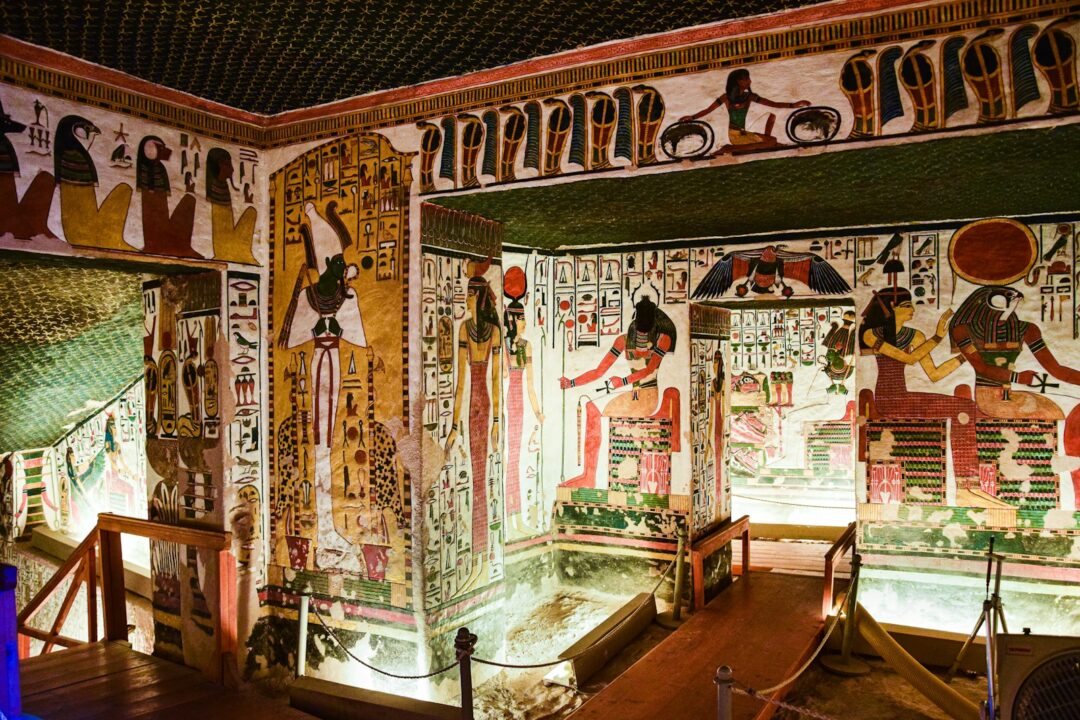









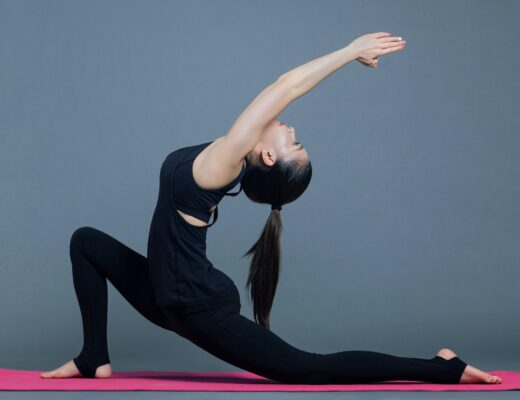

10 Comments
Liana
September 16, 2024 at 11:57 pmthanks for info.
kate granado
September 20, 2024 at 7:41 amThanks for the comment, Liana. I look forward to seeing you again on Platinum Boomer. A new three-part story will post on Sunday.
xo Kate
Gigi
February 18, 2024 at 4:13 pmFascinating information… as always. Minor update as your blog reaches an international audience. Isdin is only $27 dollars here in Ecuador. Let’s us know the markup for this and other products going into the US market. Dare I say the cosmetic market aimed at women.
kate granado
February 23, 2024 at 9:03 amHow’s that for pricing? Seems like in the U.S., you always pay more – for everything. Thanks for the heads-up. So pleased you enjoyed the piece. xok
Elinor Williams
February 12, 2024 at 2:21 pmNice article Kate. As you may recall Cuenca, EC receives ample sunshine. I use Arnica cream to moisurize my face and always wear sunglasses and my wide-brim collection of Panama hats. Cheers, Elinor
kate granado
February 16, 2024 at 5:32 amAnd because you take the time to take care of your skin, you look fabulous. It’s work, but it has its rewards. Gracias for your tips, Elinor. xok
Sandra Axelrod
February 12, 2024 at 9:30 amInteresting article. The one that stands out for me is olive oil and sand. That must have felt very uncomfortable. My favorite sunscreen for years was a titanium/zinc oxide by Skin Ceuticals. That particular formula was so flattering (glassy), and, of course, it was discontinued. I have never been able to replicate it. The EltaMD works for my very light skin, as it goes on to be completely clear.
kate granado
February 16, 2024 at 5:37 amIt’s so annoying when a product we love is discontinued. I’m happy you found an alternative, and I can attest to your beautiful skin. Adding sunscreen to our routine is essential. xok
Leslie Shackleton martel
February 11, 2024 at 12:21 pmWow…terrific article! Cant wait to research some of these brands mentioned. Having lived in So FL for 54 years I’ve managed to save my face but the sun has taken its toll on the rest of me. Three Mohs surgeries and probably more to come! Wear your sunscreen ladies!
kate granado
February 16, 2024 at 5:41 amYou’re right. We cannot stop protecting at our face; the “rest” is just as important. Excellent that you have a trained eye and look for the unusual mohs that appear. xok